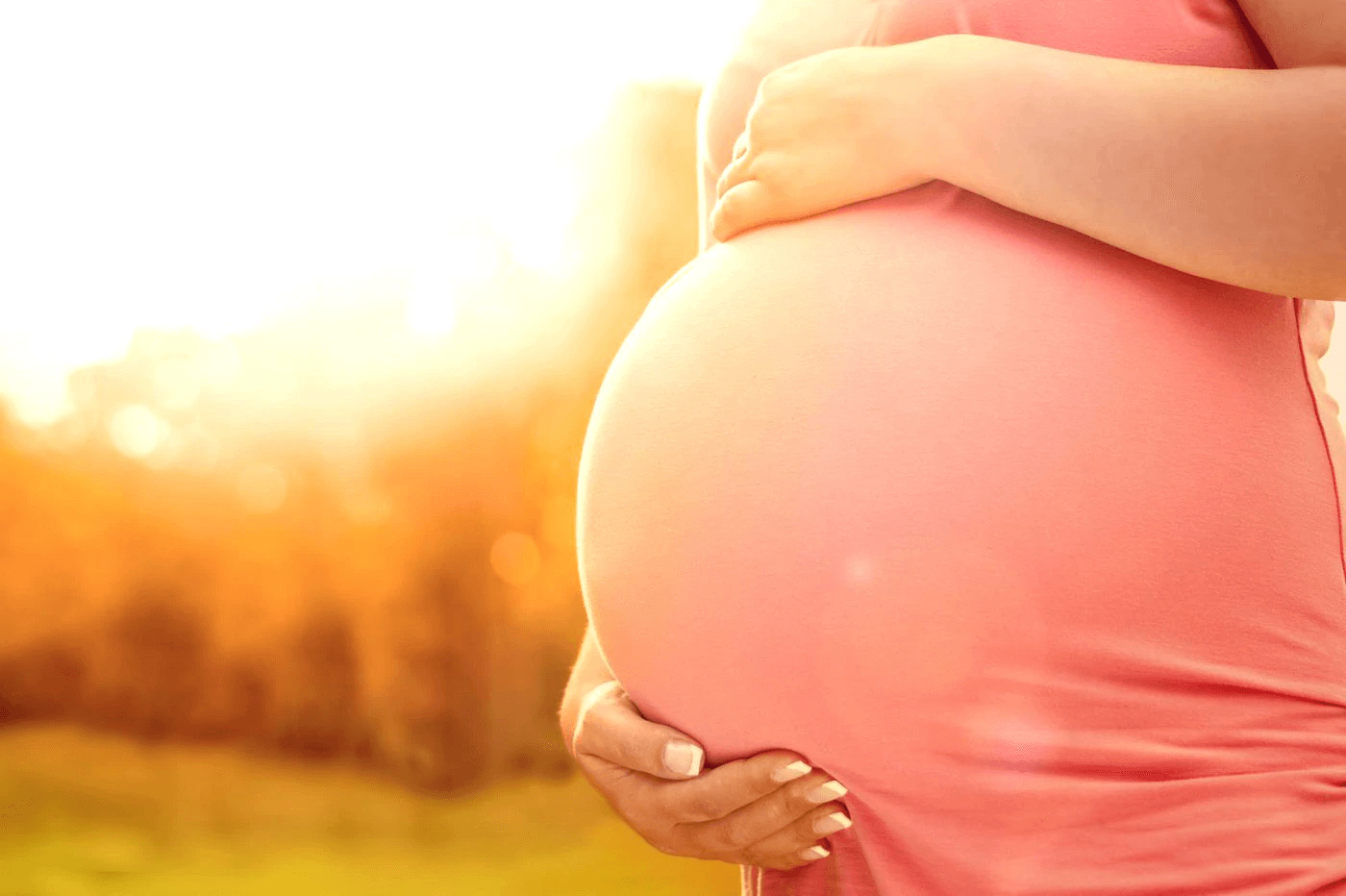According to new research, mutations accumulate in the mitochondrial DNA of egg cells, leading to changes in cellular metabolism, which result in reduced fertility. The study also showed that NMN treatment can restore the metabolic balance in aging mouse oocytes, rescuing fertility.
Although malfunctioning of mitochondria and the accumulation of mutations in mitochondrial DNA (mtDNA) have been hypothesized to contribute to age-induced infertility, a clear link has not been demonstrated. To investigate this, a team of researchers at universities in China combined observations of human oocytes – egg cells – with experiments in a mouse strain commonly used to study mtDNA mutations.
The team began by looking at oocytes from women undergoing in vitro fertilization or intracytoplasmic sperm injection. They found that oocytes from women older than 38 had more mtDNA mutations than oocytes from women younger than 30, and they were more likely to have rare mtDNA mutations. Additionally, the older patients had lower rates of blastocyst formation than their younger counterparts.
While these findings hint at a link between mtDNA mutations in oocytes and reduced fertility, they only show a correlation, not a causal relationship. The data are also drawn from women using fertility treatment and so may not be representative of the general population. To address these shortcomings, the team turned to experiments in mice.
The researchers took advantage of a mouse strain with a defective version of an enzyme that synthesizes mtDNA. By breeding these with wild-type mice, they were able to generate a series of mice with four levels of mtDNA mutation: negligible, low, moderate, and high. This made it possible to show a quantitative correlation between mtDNA mutations and reduced fertility.
It also enabled the team to determine which sex was responsible for the reduced fertility. They crossed mutant male or female mice with wild-type mice and found that the reduced fertility only occurred when the female mice were of the mutated type. In other words, mtDNA mutation doesn’t seem to reduce the fertility of male mice. Further observation linked the reduction in fertility with aging of the ovary.

Given the relationship between mitochondrial malfunction and oxidative phosphorylation in cellular metabolism, the team next investigated the status of the key redox molecules nicotinamide adenine dinucleotide (NAD⁺) and its reduced partner, NADH. They found that the NADH/NAD⁺ ratio was lower in mouse oocytes with more mtDNA defects, suggesting that these cells had impaired redox metabolism. The team also confirmed that the same pattern held in oocytes from older wild-type mice.
To confirm the link between NADH/NAD⁺ and fertility, the team treated the mutant mice with nicotinamide mononucleotide (NMN), a compound that has been shown to benefit the NADH/NAD⁺ state of a cell. NMN treatment rescued the fertility of the mutant mice, showing that the NADH/NAD⁺ ratio in oocytes affects fertility.
Mammals’ aging is correlated with the accumulation of somatic heteroplasmic mitochondrial DNA (mtDNA) mutations. Whether and how aging accumulated mtDNA mutations modulate fertility remains unknown. Here, we analyzed oocyte quality of young (≤30 years old) and elder (≥38 years old) female patients and show the elder group had lower blastocyst formation rate and more mtDNA point mutations in oocytes. To test the causal role of mtDNA point mutations on infertility, we used polymerase gamma (POLG) mutator mice. We show that mtDNA mutation levels inversely correlate with fertility, interestingly mainly affecting not male but female fertility. mtDNA mutations decrease female mice’s fertility by reducing ovarian primordial and mature follicles. Mechanistically, accumulation of mtDNA mutations decreases fertility by impairing oocyte’s NADH/NAD+ redox state, which could be rescued by nicotinamide mononucleotide treatment. For the first time, we answer the fundamental question of the causal effect of age-accumulated mtDNA mutations on fertility and its sex dependence, and show its distinct metabolic controlling mechanism.
Taken together, these findings offer an explanation for at least part of the reduction in ferility experienced by aging female mammals. With age, the accumulation of mutations in the mtDNA of reproductive cells leads to metabolic disruption in the form of an altered NADH/NAD⁺ ratio and a perturbed oxidation state. It’s not clear precisely how this change affects the oocytes and ovaries, but the final result is reduced fertility. While it’s exciting to see that NMN treatment can reverse this, generalizing from mice to humans would be hasty. Nevertheless, by identifying the various components at play, this study offers a path forward for research on the link between fertility and aging.